Traditional marketing relies on conventional methods such as print ads, billboards, radio, and television commercials, which have been the cornerstone of business promotions for decades. These channels generally have a broader reach, making them effective for mass marketing. However, their targeting capabilities are limited compared to digital marketing. In contrast, digital marketing leverages the power of the internet and digital channels like social media, search engines, and email campaigns to reach consumers with high precision. This allows marketers to target specific demographics and user segments accurately. As technology evolves, the landscape of marketing continually shifts, making it crucial for businesses to adapt. This shift is evident as the global digital advertising and marketing market is projected to reach $786.2 billion by 2026, highlighting the growing dominance and importance of digital strategies in the marketing industry.
I. Importance of Understanding the Differences in Today’s Business Landscape
Understanding the differences between traditional marketing and digital marketing is essential for creating effective strategies. With consumers increasingly turning to digital platforms for information and purchases, businesses must recognize the distinct advantages and limitations of each marketing approach. This knowledge enables companies to allocate resources efficiently and maximise their outreach and impact.
In this blog we will provide a comprehensive analysis of traditional marketing vs digital marketing. By decoding these two paradigms, we aim to help businesses, marketers, and entrepreneurs make informed decisions on where to focus their efforts. Whether you’re a startup or an established enterprise, understanding these differences can significantly enhance your marketing strategy and drive better results.

II. What is Traditional Marketing?
A. Definition and Characteristics
Traditional marketing refers to conventional methods of promoting products and services to consumers. This form of marketing has been used for decades and relies on offline channels to reach a broad audience. Key characteristics of traditional marketing include its tangible nature, the ability to target a local audience effectively, and a one-way communication model where businesses broadcast their message to potential customers without immediate feedback.
B. Example of Traditional Marketing
1. Print advertising
Print advertising is one of the oldest forms of traditional marketing. It involves placing ads in newspapers and magazines to reach readers. These ads can range from small classified listings to full-page spreads, depending on the budget and marketing goals. Print advertising is particularly effective for targeting specific demographics based on the publication’s readership.
2. Television and Radio Commercials
Television and radio commercials are powerful tools in traditional marketing. TV ads have the advantage of combining visuals and sound to create engaging messages, while radio ads rely on audio to capture the listener’s attention. These commercials can reach a wide audience, making them suitable for mass marketing campaigns. The high production costs and time constraints are notable considerations for businesses opting for this medium.
3. Billboards and Posters
Billboards and posters are essential components of outdoor advertising. Strategically placed in high-traffic areas, they are designed to capture the attention of passersby. Billboards are typically large and visible from a distance, while posters are smaller and often found in specific locations like bus stops or subways. These forms of advertising are effective for creating brand awareness and reinforcing marketing messages through repeated exposure.
III. What is Digital Marketing?
A. Definition and Characteristics
Digital marketing refers to the use of digital channels, platforms, and technologies to promote products and services. Digital marketing is more targeted and cost-effective, allowing businesses to precisely reach their desired audience. Unlike traditional marketing, which relies on physical media like print ads and billboards, digital marketing leverages the internet and electronic devices to reach a global audience. Its key characteristics include real-time data analytics, targeted advertising, cost-effectiveness, and interactive engagement with consumers. Digital marketing strategies can be customised to meet the specific needs of different segments, making it a versatile tool for businesses of all sizes. In contrast, traditional marketing tends to have a more generalised, broad-based approach.
B. Examples of Digital Marketing
1. Digital Campaigns
Digital campaigns are multifaceted marketing efforts that utilise various online platforms to engage potential customers. Common examples include roadblocks, digital displays, and banner ads. Roadblocks refer to a synchronised takeover of digital ad spaces across multiple platforms, ensuring maximum visibility. Digital displays are visually engaging ads that appear on websites, apps, and digital billboards, often using rich media content like videos and animations. Banner ads are graphical advertisements displayed on web pages, designed to attract clicks and drive traffic to the advertiser’s site. These campaigns can be precisely targeted and monitored for performance in real time.
2. Social Media Marketing
Social media marketing involves using platforms like Facebook, Instagram, and Twitter to connect with audiences, build brand awareness, and drive sales. On Facebook, businesses can create tailored ads based on user demographics and behaviours, engage with followers through posts and comments, and leverage tools like Facebook Live for real-time interaction. Instagram offers visual storytelling through images, videos, and Stories, allowing brands to showcase their products creatively. Twitter provides a platform for real-time updates, customer service, and engagement through tweets and trending hashtags. Social media marketing allows for direct communication with consumers and the ability to build a loyal online community.
IV. Key Differences Between Traditional and Digital Marketing
A. Reach and Targeting
Traditional Marketing:
Traditional marketing methods, such as newspaper advertisements, are often seen as highly credible. Newspapers, in particular, are trusted sources of information, which lends a sense of reliability to the ads they carry. However, traditional marketing typically targets a broad audience with limited options for precise targeting. This means that while the message may reach many people, it might not always reach the most relevant audience.
Digital Marketing:
Digital marketing excels in precise targeting. Using tools like HT One Audience (CDPs), marketers can target specific demographics, interests, and behaviours with remarkable accuracy. This ensures that the marketing message is seen by those most likely to be interested in the product or service, increasing the effectiveness of the campaign.
B. Interactivity and Engagement
Traditional Marketing:
Traditional marketing offers a tangible experience that can be more focused. For instance, new-age internet brands like Swiggy and Boat have successfully used newspaper jacket ads and other innovative print formats to capture consumer attention. These physical ads create a lasting impression and are often perceived as more legitimate due to their presence in trusted publications.
Digital Marketing:
In contrast, digital marketing provides a virtual experience with higher levels of engagement. Online platforms allow for interactive content such as videos, quizzes, and social media interactions, which can engage users more deeply and keep them interested for longer periods. This interactivity often leads to a more dynamic and immersive brand experience.
C. Measurement and Analytics
Traditional Marketing:
The effectiveness of traditional marketing can be measured, though it often requires more effort and collaboration. For example, Brand Lift Studies conducted through partnerships with firms like Kantar can provide insights into how traditional campaigns impact brand perception and consumer behaviour. These studies, however, are usually less granular compared to digital analytics.
Digital Marketing:
Digital marketing offers detailed analytics and metrics that allow for precise campaign evaluation. Marketers can track a wide array of metrics, from impressions and click-through rates to conversion rates and customer lifetime value. This detailed data enables continuous optimization of marketing strategies, ensuring that campaigns can be adjusted in real-time to maximise effectiveness.
V. Advantages and Disadvantages of Traditional Marketing
A. Advantages:
1. Builds Trust and Credibility:
Traditional marketing methods, such as print advertisements, television commercials, and radio spots, have been in use for decades. These mediums have a long-standing presence and are often perceived as more trustworthy. The tactile experience of a printed brochure or the consistent presence of a TV ad can instil a sense of reliability and credibility among consumers. This trust is invaluable, especially for established brands seeking to reinforce their market position.
2. Builds Brand Recognition Through Repetition:
Repetition is a key factor in brand recognition, and traditional marketing excels in this aspect. By consistently placing ads in newspapers, magazines, and on billboards, brands can ensure their message is seen repeatedly by a broad audience. This repeated exposure helps in etching the brand into the consumer’s memory, fostering brand recall and loyalty over time.
B. Disadvantages:
1. Limited Audience Targeting:
One of the significant drawbacks of traditional marketing is its limited ability to target specific demographics. Traditional media often caters to a broad audience, making it challenging to tailor messages to specific segments effectively. For instance, a newspaper ad might reach a wide range of readers, but only a small fraction may be the brand’s actual target audience. This lack of precision can lead to inefficient use of marketing budgets and less impactful campaigns.
VI. Advantages and Disadvantages of Digital Marketing
A. Advantages:
1. Targeted Audience Reach
Digital marketing excels in reaching specific audience segments with precision. Unlike traditional marketing, which often casts a wide net, digital marketing utilises data analytics and algorithms to target potential customers based on their demographics, interests, and online behaviour. This targeted approach ensures that marketing efforts are more effective and efficient, leading to higher conversion rates and better return on investment (ROI).
2. Builds Credibility
Another significant advantage of digital marketing is its ability to build credibility. When digital ads are placed in brand-safe publisher environments, they benefit from the trust and reputation of these platforms. This association enhances the credibility of the advertised brand, making potential customers more likely to engage with the content and consider the products or services being offered.
3. Cost-Effective Options
Digital marketing offers cost-effective solutions for businesses of all sizes. Small and medium enterprises (SMEs), in particular, can leverage digital marketing to compete with larger corporations without breaking the bank. Platforms like social media, email marketing, and pay-per-click (PPC) advertising provide scalable options that can be tailored to fit various budget constraints, maximising reach and impact without the need for substantial financial investment.
B. Disadvantages:
1. Requires Constant Adaptation
One of the primary challenges of digital marketing is the need for constant adaptation. The digital landscape is continuously evolving, with new trends, technologies, and algorithms emerging regularly. Marketers must stay up-to-date with these changes and adjust their strategies accordingly to remain effective. This constant need for adaptation can be resource-intensive and requires a commitment to ongoing learning and flexibility.
FAQs: Traditional Marketing vs. Digital Marketing
1. How do traditional marketing and digital marketing differ in terms of reach and targeting?
Traditional marketing generally has a broader reach through channels like TV, radio, print, and billboards, making it effective for mass marketing. However, its targeting capabilities are limited compared to digital marketing. Digital marketing, on the other hand, allows for highly specific targeting through online channels such as social media, search engines, and email, enabling marketers to reach specific demographics and user segments with precision.
2. What are the advantages of traditional marketing?
Traditional marketing offers several advantages, including widespread reach, especially in local or regional markets, and a tangible presence through physical materials like brochures and flyers, which can leave a lasting impression. Established media channels such as TV, radio, and print often carry a sense of trust and authority, enhancing credibility. Additionally, consistent exposure through traditional media can significantly boost brand visibility and recognition.
3. What are the disadvantages of traditional marketing?
Despite its benefits, traditional marketing has notable disadvantages. It tends to be costly, with high expenses associated with TV, radio, and print advertising. There is also limited ability to target specific audience segments compared to digital marketing, making it less efficient. Measuring the effectiveness and ROI of traditional marketing campaigns can be challenging, and once a campaign is launched, it is hard to make changes without incurring additional costs.
4. What are the advantages of digital marketing?
Digital marketing offers precise targeting capabilities, allowing businesses to reach specific demographics, interests, and behaviors. It is generally more cost-effective than traditional marketing, with options suitable for various budget sizes. Detailed analytics and metrics provide measurable results, making it easy to track campaign performance. Digital marketing also offers flexibility, as campaigns can be quickly adjusted based on performance data. Additionally, interactive elements like social media and email enable direct engagement with the audience.
5. What are the disadvantages of digital marketing?
However, digital marketing has its drawbacks. The digital space can be crowded, making it challenging to stand out. The use of ad blockers by some users can reduce the effectiveness of online ads. Digital marketing depends heavily on technology, requiring reliable internet access and being susceptible to technical issues. Increasing concerns over data privacy and the ethical use of personal information can also impact digital marketing strategies and user trust.
Ready to take your brand to the next level? Connect with us today to explore how HT Media can amplify your presence across our diverse portfolio of 25+ brands and properties. Let's turn your brand vision into reality!

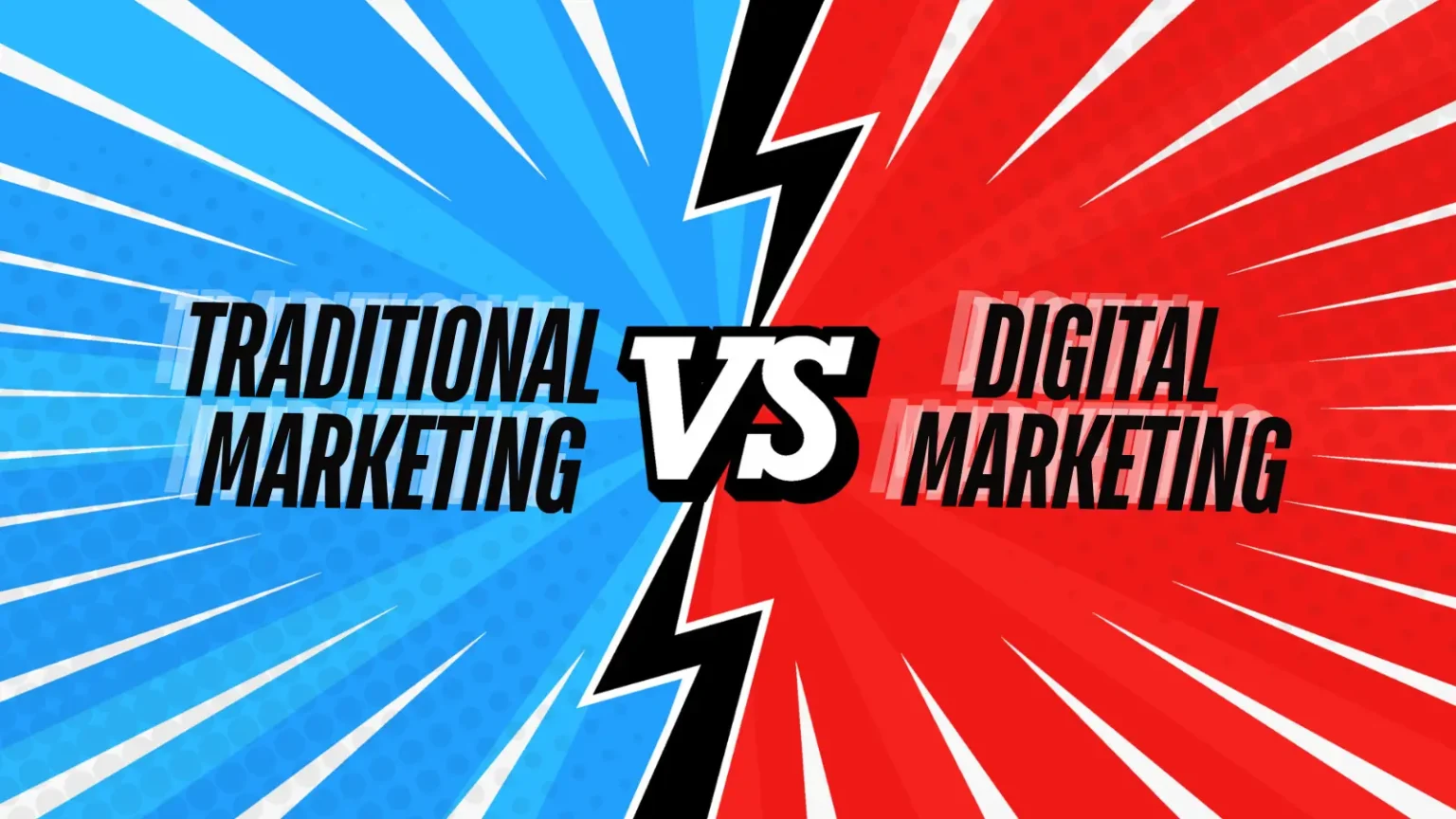


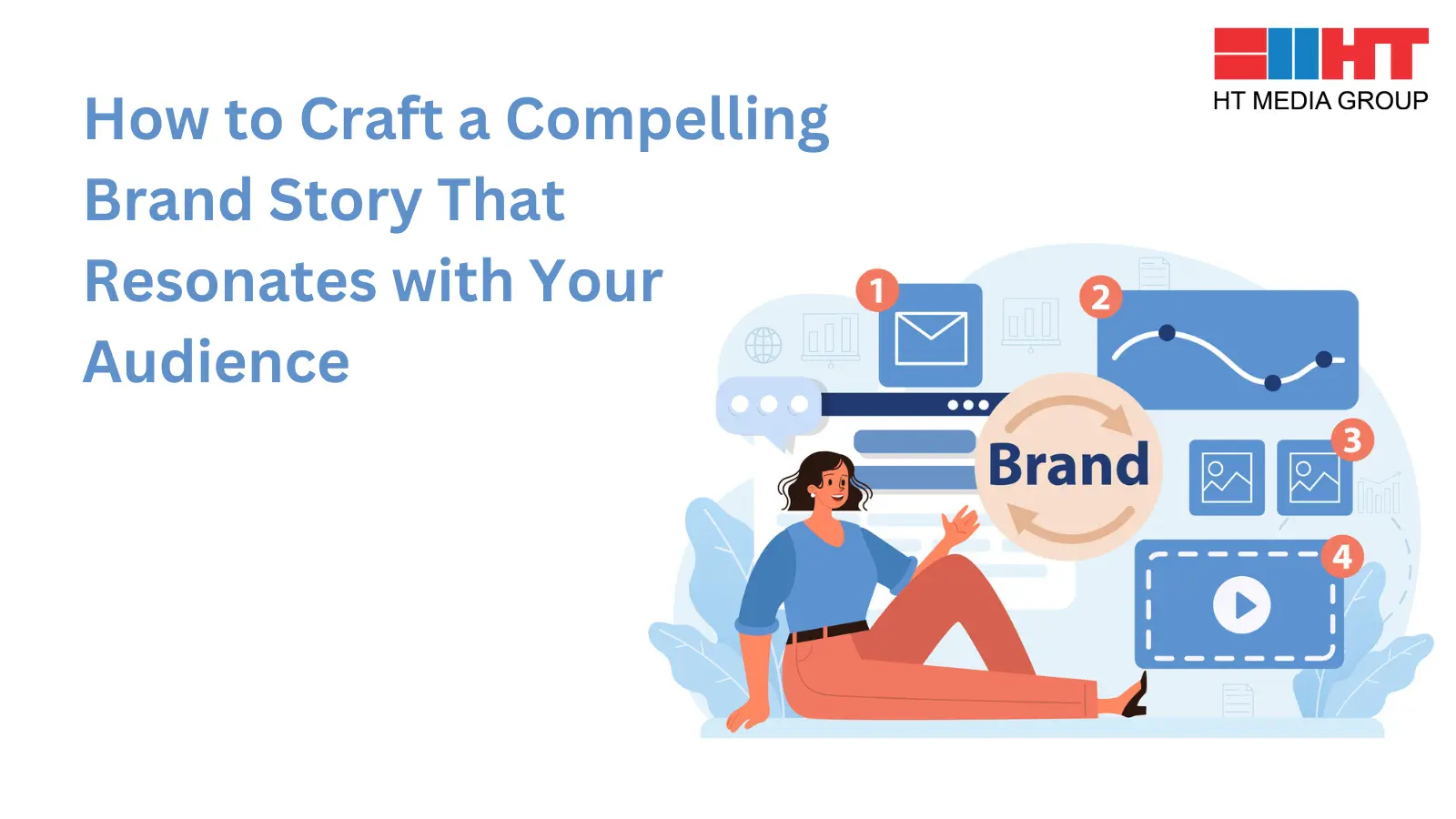
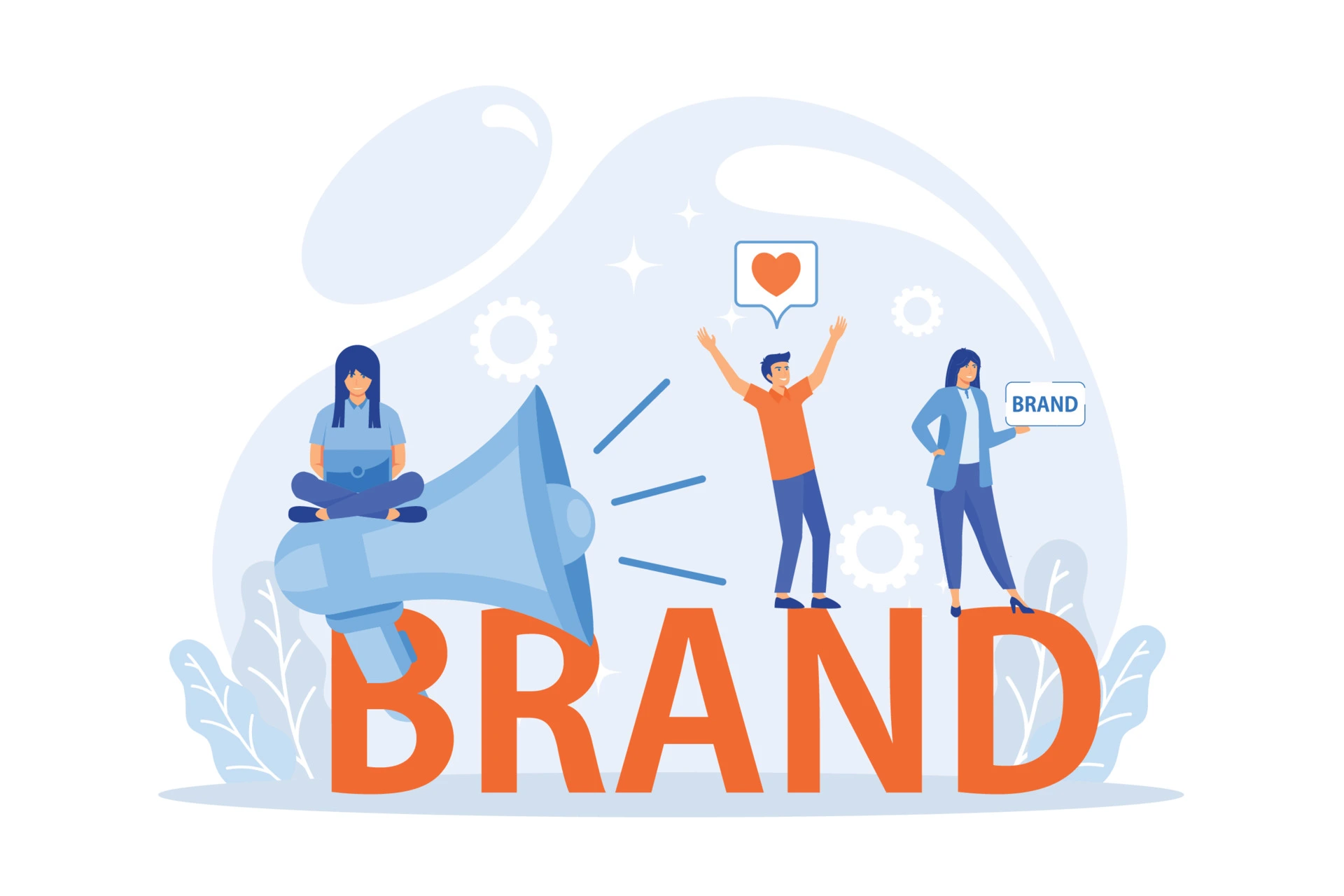
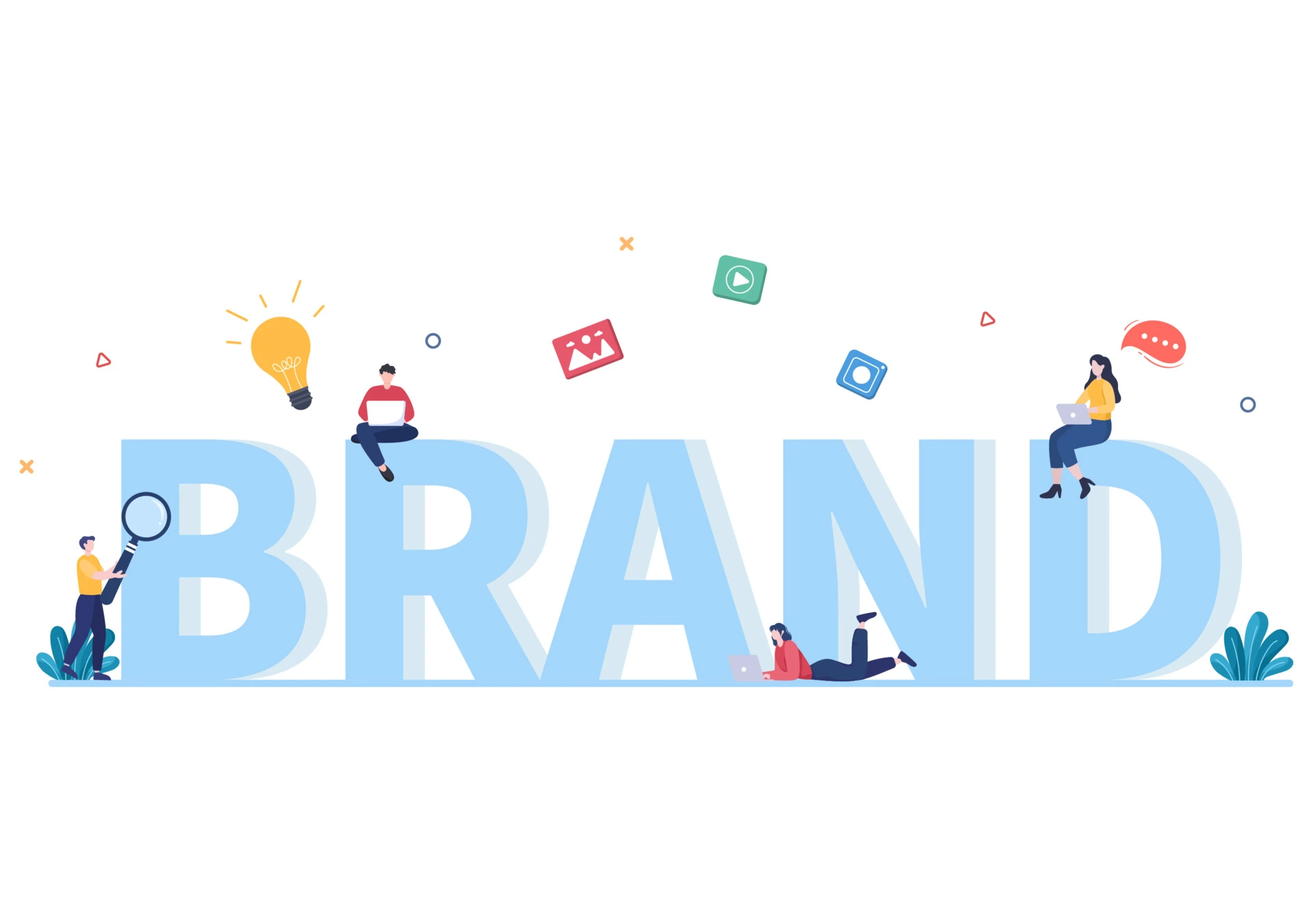

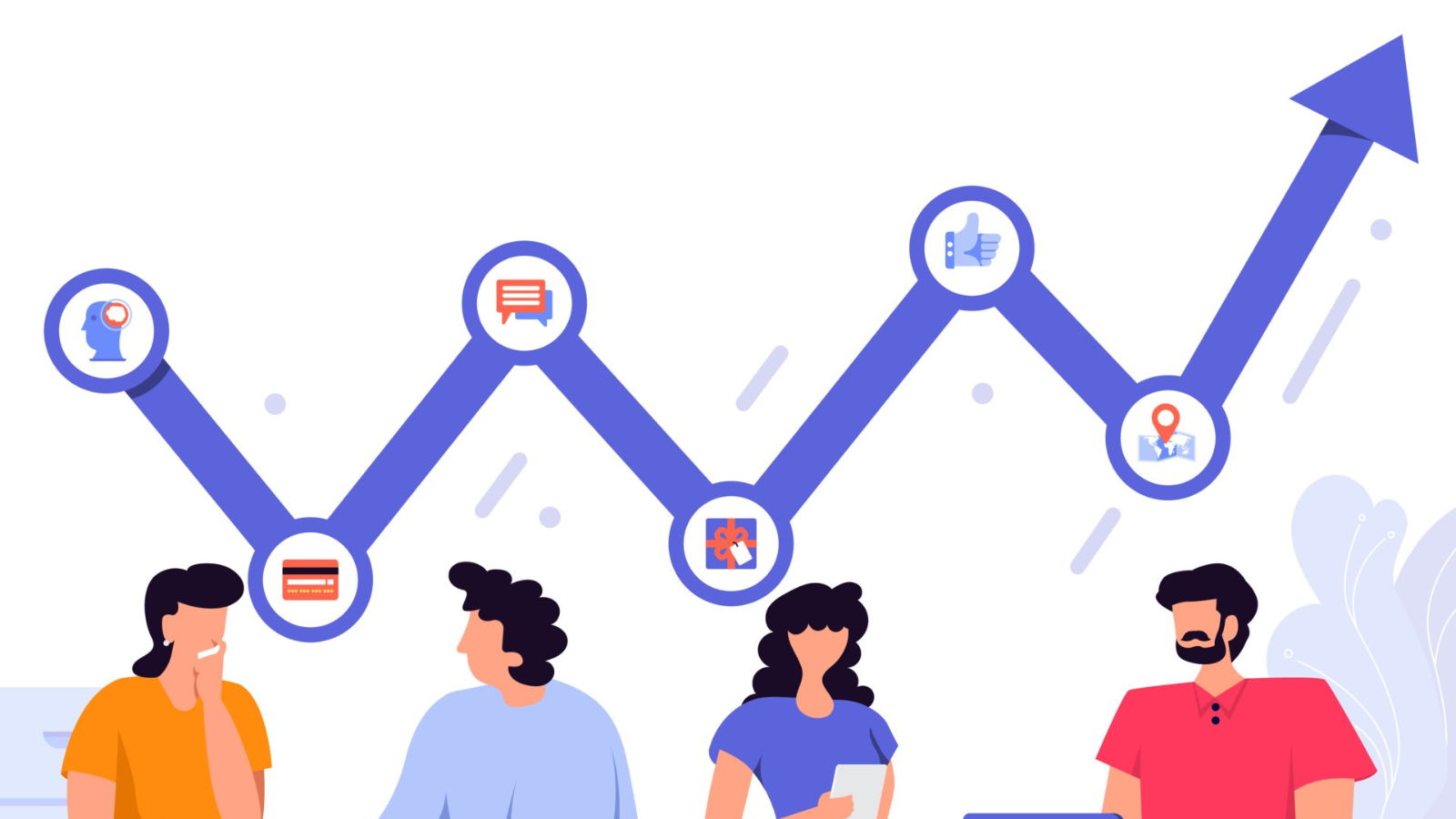




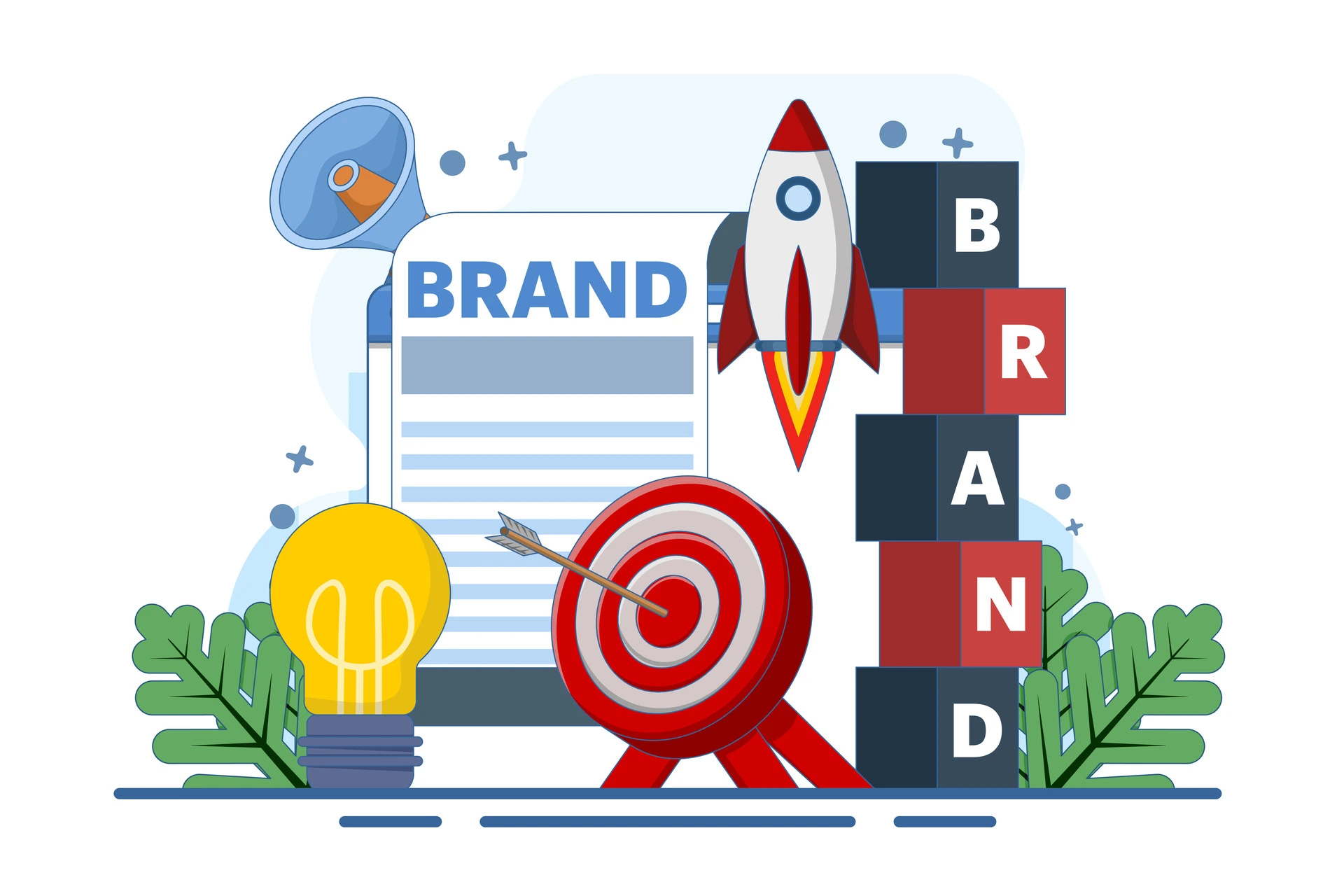



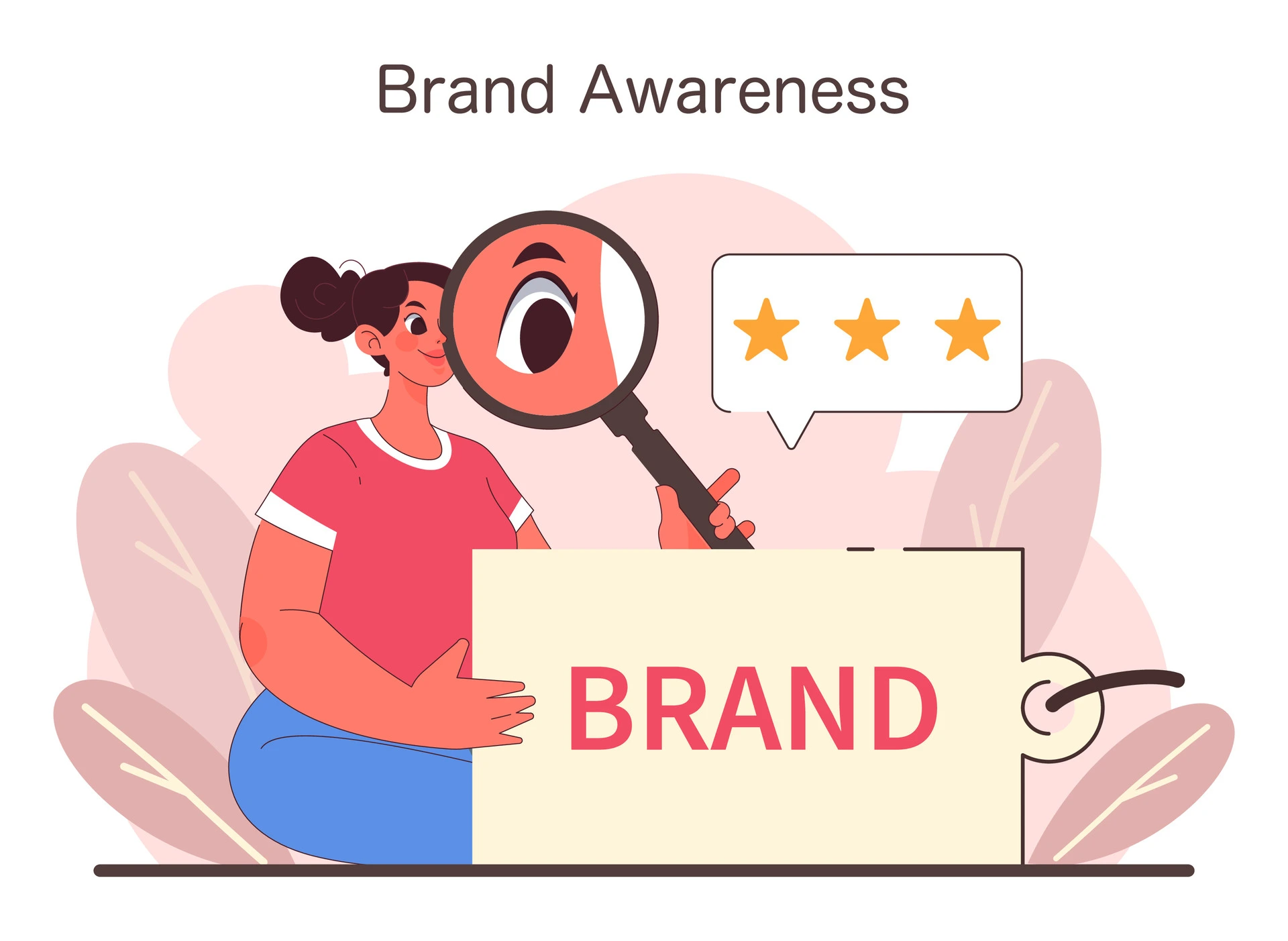

Comment